Chinese scientists have developed a new method to translate carbon dioxide and water into glucose and fatty acids.
The technique comes after another group in China successfully synthesized starch from carbon dioxide in 2021, and it has provided fresh potential for artificial or semi-artificial food production.
The researchers from the University of Electronic Science and Technology of China, the University of Science and Technology of China and the Chinese Academy of Sciences described a hybrid electro-biosystem in a study published in the journal Nature Catalysis on Thursday.
The system couples spatially separate carbon dioxide electrolysis with yeast fermentation, which efficiently converts carbon dioxide into glucose with a high yield.
It employs a nanostructured copper catalyst that can stably catalyze pure acetic acid from carbon dioxide, and then use genetically engineered yeast to produce glucose in vitro from electro-generated acetic acid.
The method is also shown to be capable of producing other products like fatty acids using carbon dioxide, according to the study.
"This process can be understood as converting carbon dioxide into vinegar and feeding the yeast to produce glucose and fatty acids," said Zeng Jie, the paper's co-corresponding author from the University of Science and Technology of China.
The upcycling of carbon dioxide into value-added products represents the tantalizing possibility of a renewable-electricity-driven manufacturing industry and a substantially untapped opportunity to tackle environmental issues and achieve a circular economy, the researchers said.
"With an electrolyte reactor and different microorganisms, we can produce starch, pigment or medicines in the future," said Xia Chuan, the paper's co-corresponding author from the University of Electronic Science and Technology of China.








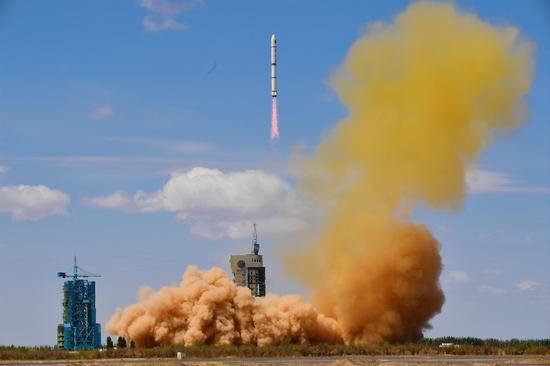


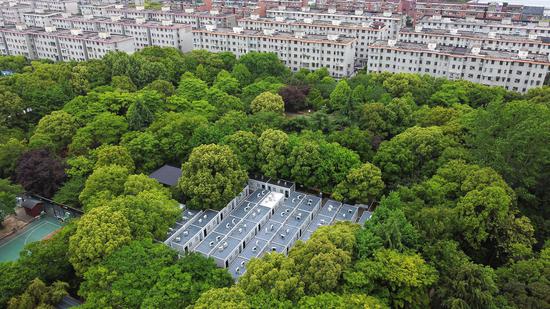
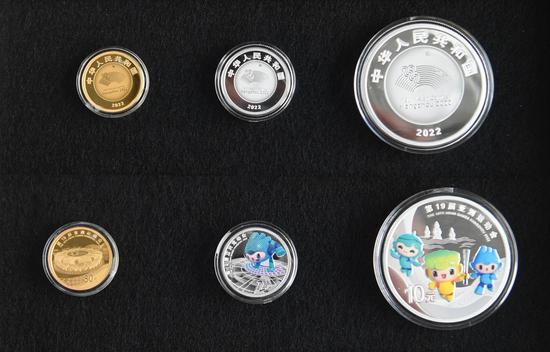
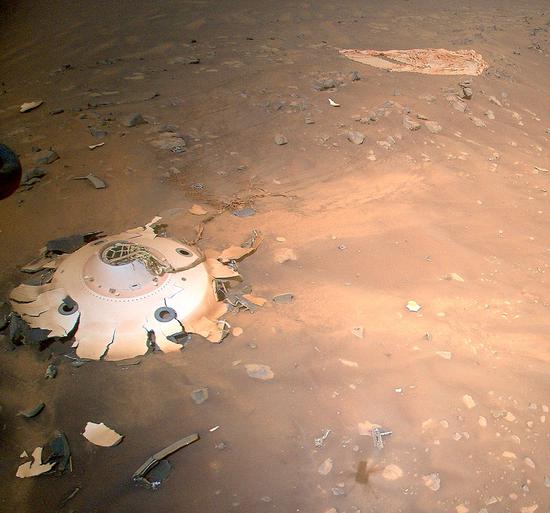

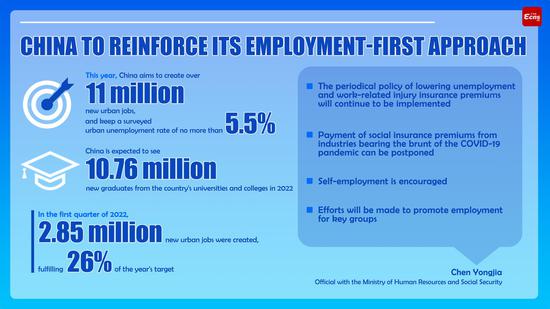








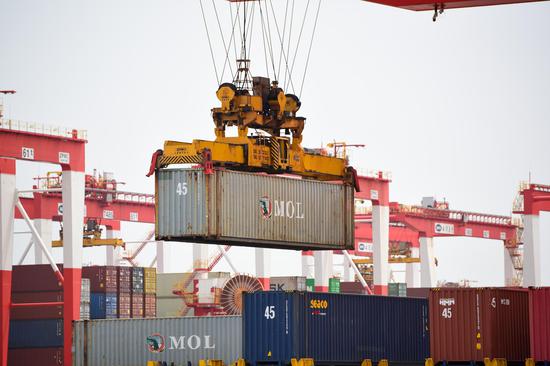




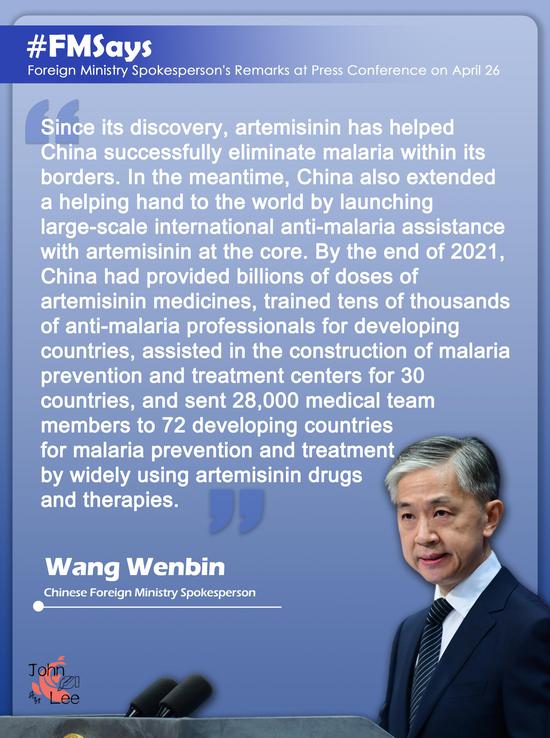

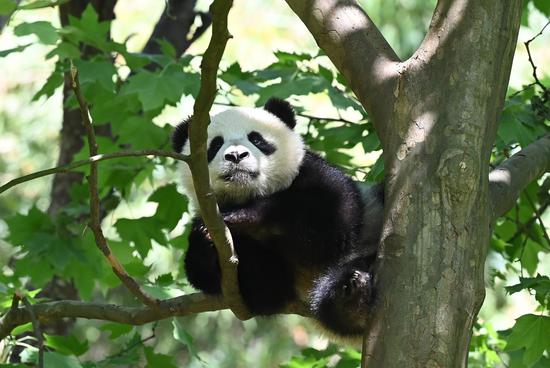






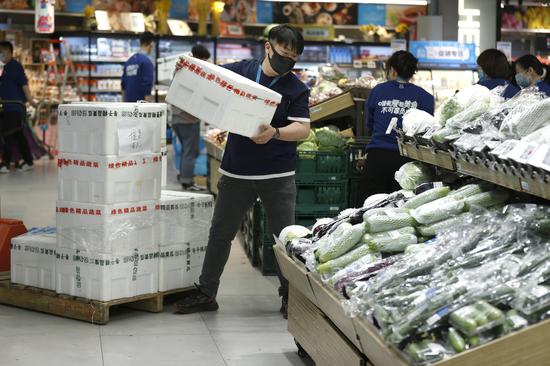
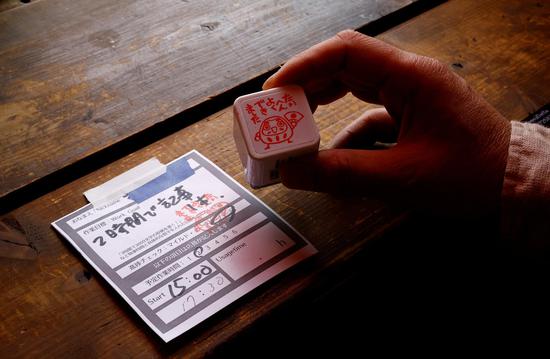




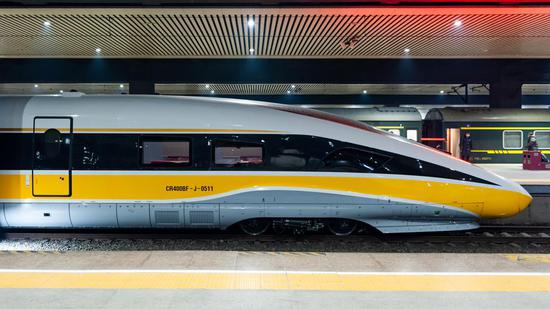

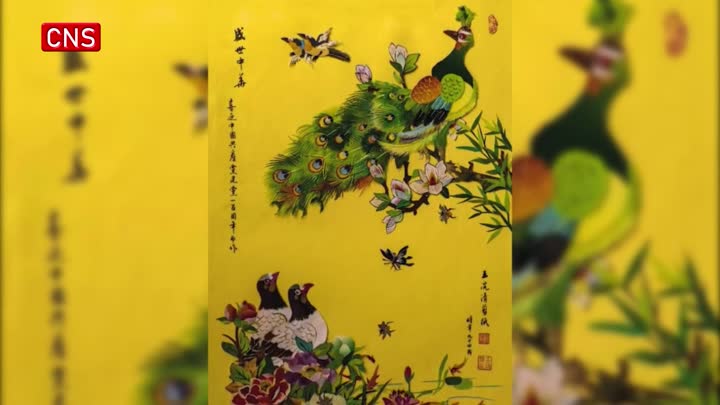

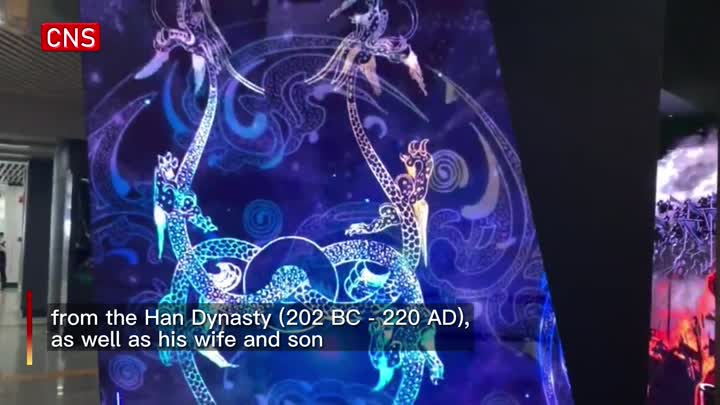

 京公网安备 11010202009201号
京公网安备 11010202009201号